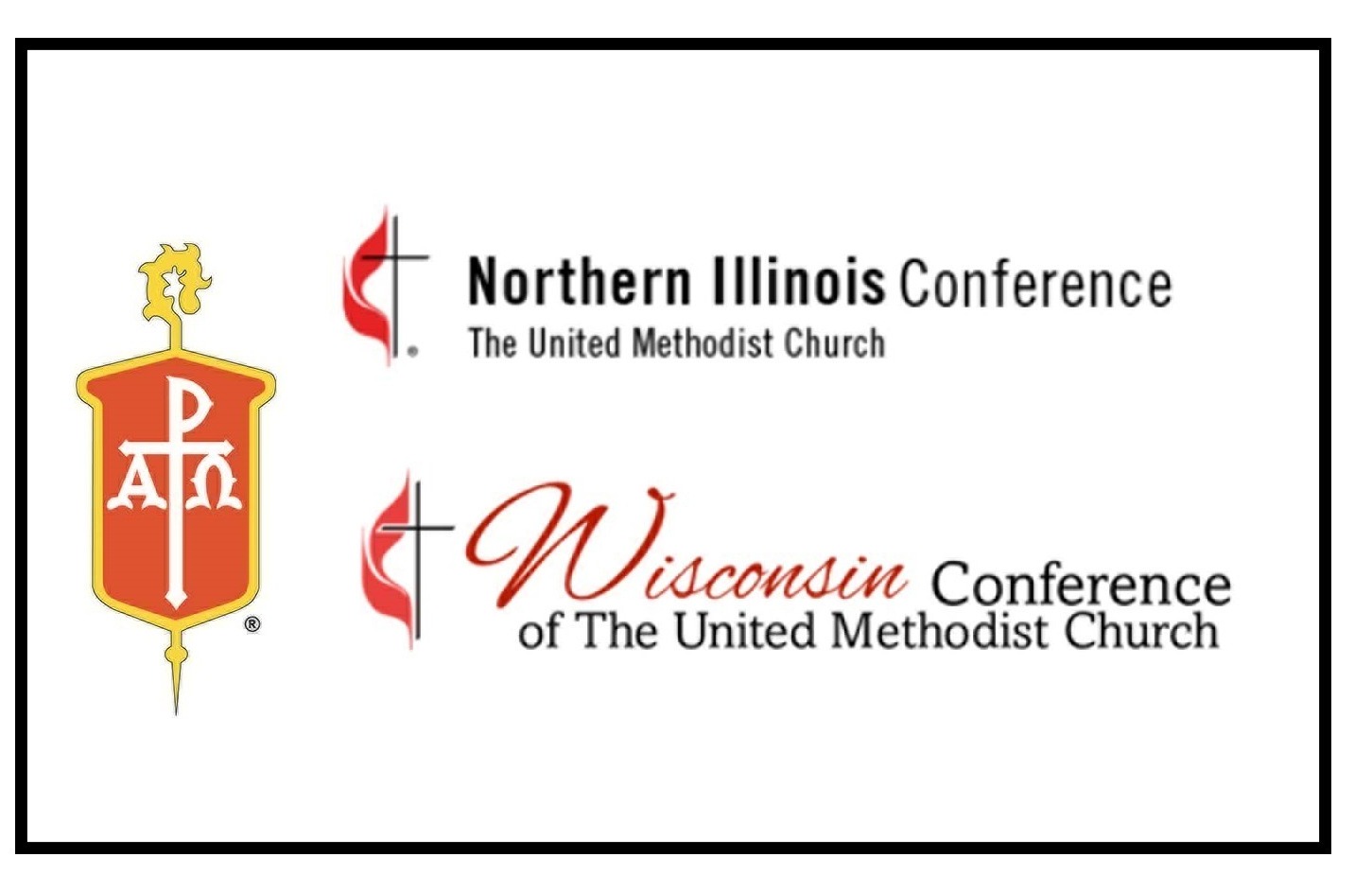Time to Submit Your Church Statistics and Final Apportionment Payments
It’s that time of year for churches to report their 2025 attendance, ministries, and financial records to the conference office. Reports are due Jan. 31. A…
Conversations among leaders of the Wisconsin and Northern Illinois Conference express increasing confidence and enthusiasm for the conference’s sharing a bishop beginning Sept. 1.

At their most recent joint meeting--on Dec. 19 in Rockford, Ill.--conference lay leaders, ministry directors (lay and clergy), and representative full cabinet members from both conferences took a deeper look at the practical details of sharing a bishop. The teams had already met together for a retreat earlier in the year, where they learned about ministry in each conference and found common passions for ministry.
“Our continuing conversations are making it clear that our two conferences share common essential core values and aspirations,” said Rev. Steve Zekoff, chair of Wisconsin’s Shared Ministry Task Force. “The need to strive for even more administrative efficiency has brought us to this time in United Methodist history when we again will have the same bishop. Members and leadership from both Wisconsin and Northern Illinois will benefit as collaborative training and missional opportunities become reality and we support each other in our crucial justice-oriented and diversity-affirming ministries. The future possibilities that can emerge from this renewed relationship are exciting.”
“Despite any apprehension we may have had coming to our task, we discovered great alignment in our values and opportunities for collaboration that will enhance the ministries of both conferences,” said Rev. Myron Coy, chair of Northern Illinois’s Shared Bishop Task Force.
Groups from each conference have been meeting individually and together even before the North Central Jurisdiction voted on Jan. 23 to pair Wisconsin and Northern Illinois into an episcopal area. (East Ohio and West Ohio conferences were likewise paired). The Wisconsin and Northern Illinois groups have been raising questions, discovering differences and commonalities between the conferences, building relationships, and addressing some practical matters.
Primary concerns
The two conferences share these priorities, they discovered:
Because this would not be the first partnership between conferences sharing a bishop, the group asked other bishops about their experiences of overseeing two conferences in an episcopal area. The bishops recommended the following practices to help smooth the transition.
First, each conference should provide the incoming bishop with statistics, narratives, and stories that undergird their conference. Membership, finances, and connectional giving should be among those statistics. These will communicate to the incoming bishop something of the health and characteristics of the conferences.
One matter is effective use of the bishop’s time, given that she or he will have significant geographic territory (and committees, related institutions, etc.) to cover. For instance, if the bishop will be traveling to a destination many miles away, the bishop could visit churches and leadership gatherings along the way.
Also, the bishops said, the conferences should consider how to deploy leadership across the conference. Because conferences will need to be less reliant on the bishop, well deployed and gifted leaders from around the conferences and highly competent staffs will be even more crucial. (At the same time, the leadership plan should avoid adding more expectations on those who are already working at their maximum capacity.) Both conferences fully expect to maintain their staff, as the amount of work will not diminish in each conference.
Related to this is clarifying the bishop’s role in each conference. Up until now, conferences and bishops have made some general assumptions about the work of bishops. The bishops urged the conferences to review those expectations and develop a clear definition of how the bishop leads, given each conference’s leadership pool, time constraints, and the gifts of the particular bishop.
Another significant learning from bishops who oversaw more than one conference—and from the many months of adjusting ministry through a pandemic—is making use of distance meeting platforms, such as Zoom. Conferences are continuing to use this option and may even do so more once the new episcopal area is formed.
The joint team is also considering the location of the episcopal residence and office(s). There are many considerations to balance, so the team is looking at many options.
The teams' next meet together on Feb. 26 in Kenosha, Wisc.
It’s that time of year for churches to report their 2025 attendance, ministries, and financial records to the conference office. Reports are due Jan. 31. A…
As the U.S. government prepares to withdraw from the Paris Agreement on climate change effective Jan. 27, leaders of 14 Chicago-area Christian deno…
In his reflection, Rev. Dr. Charles A. Woolery Sr., challenges readers to move beyond a comfortable, sanitized remembrance of Rev. Dr. Martin Luther King Jr. to engage hi…
Clergy and lay members will gather June 14–16 in Schaumburg for the Northern Illinois Conference’s 187th Annual Conference, centered on the theme “Practicing Hope.” With inspiring worship, engaging…